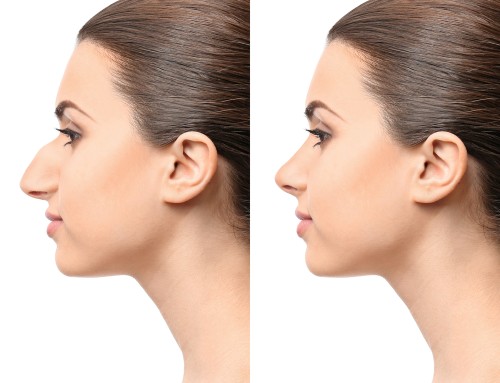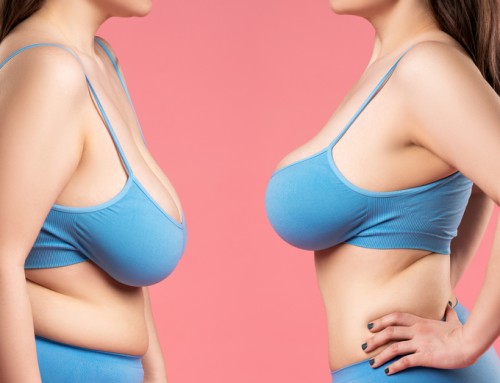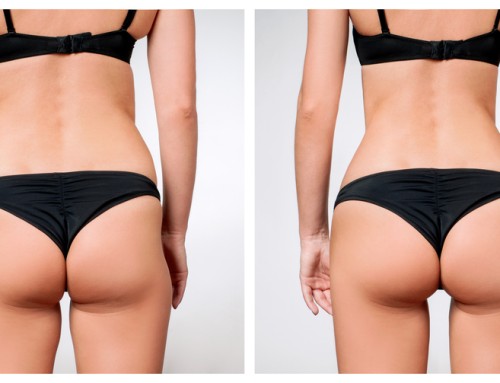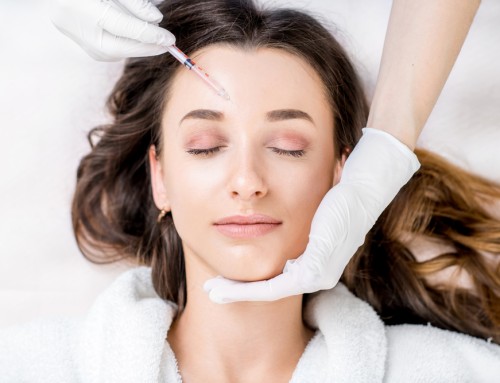Breast augmentation is the number one cosmetic procedure performed in the US. Women with small or uneven breasts seek a boost in their self confidence by enhancing them with either silicone gel implants or saline devices. Although a more common procedure in the early twenties or thirties , the procedure remains popular in women after child bearing often in their thirties or forties when the breasts frequently lose volume. Women of all ages seek out breast implant surgery and even those in their fifties and sixties occasionally have the operation. We have seen all ages of women in the Raleigh, Durham, and Chapel Hill areas seek out breast augmentation surgery to boost self-confidence.
There are many choices in breast augmentation: incision location, sub muscular versus sub glandular and then the biggest choice: implant type. Silicone gel versus saline devices.
A bit of background, silicone breast implants have been the mainstay of breast augmentation since their introduction in the early ’60’s. Saline devices were introduced later in the ’70s but had a very high leakage rate.
In our first comparison of the two implant types, both are made of silicone polymer on the outside shell, but, it’s the inner material of silicone gel or saline ( salt water) that determines whether they are called silicone or saline devices. When concerns about leakage arose in the late 1980’s and early ’90’s, a widespread panic occurred and there was a call for removal of all silicone gel breast implants for concern of health risks of the leaking silicone gel. It turns out, that the health risks were unfounded but the implants in fact did have a high leakage rate. So at is point, silicone gel implants were essentially off the market starting January 1992. Fortunately , the FDA allowed them to be used in breast reconstructive surgery because they were much better than saline in this circumstance. The result was that the implant manufacturers went back to the drawing board and improved the manufacturing processes with a resulting implant that was much more durable, reliable, and with less risk of rupture. While silicone gel implants are better now, they are not without risks of rupture. Certainly, less risk than the prior years but still a risk.
When silicone gel was officially brought back and approved by the FDA in 2006, there was a resurgence in their use in breast enhancement. Generally , silicone implants are more naturally feeling to the touch than saline implants. Especially in thin patients. However, after 1992, when salines were the only available implant for breast augmentation offered by US plastic surgeons we did almost all implants in a sub muscular fashion to help hide the palpability of the saline implants. A fortunate result since we became more adept at sub muscular placement which offers many benefits regardless of whether saline or silicone implants are used. Now, there are more safe choices than ever and surgeons are not limited to one type of device.
Although the decision to use saline or silicone gel involves many factors, I boil it down to two major decision points.
First off, do you have enough tissue in your breast and muscle to allow a nice result after saline sub muscular implants? This would mean that the implants would have acceptable palpability (not feeling “fake”) and provide an appropriate aesthetic result. With proper patient selection- this is the ideal outcome because the possibility of failure (leakage) of the implant would be heralded by a deflated implant. A distressing event but harmless in terms of health problems.
On the other hand, silicone gel implants offer more versatility. You can place them under the muscle or on top and they feel very natural but the detection of leakage is more difficult since the leaking implant would not deflate like a saline. An MRI is considered the best test to detect leakage in silicone implants. However, these tests are expensive and are not covered by insurance if the implants were placed for purely cosmetic purposes. The decision to use saline or gel should be discussed with your plastic surgeon. At Raleigh Plastic Surgery Center – all choices are offered and a detailed discussion of the risks and benefits of each device implant option will be outlined to arrive at the best choice for you.
(919) 872-2616
raleighplasticsurgery.com
1112 Dresser Court , Raleigh, North Carolina 27609 .
[/fusion_builder_column][/fusion_builder_row][/fusion_builder_container]








